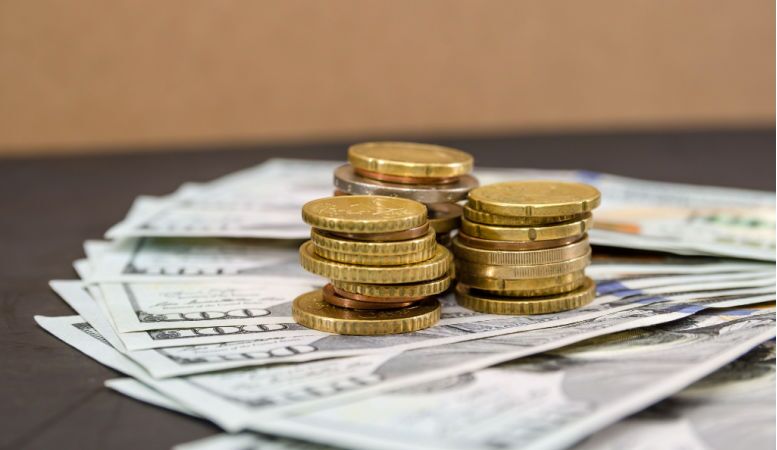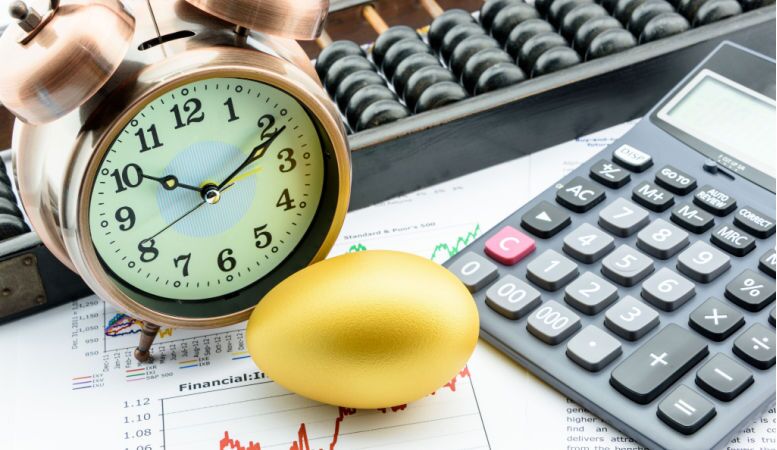Table of Contents
At Oxford Gold Group, we frequently field questions about precious metal investments from both potential investors and loyal customers. One of the most common questions concerns the distinction between numismatic and bullion coins.
What’s the fundamental difference between them? Are numismatic coins or bullion coins the better investment? What factors cause price fluctuation in their market value? Do you face any risks of investing in bullion and numismatic coins?
We want our customers to make the best decision regarding precious metal investments for their financial future. In this post, our Oxford Gold Group team explains lots of things you need to know about bullion vs. numismatic coins, including basic information, current values, and the pros and cons of investing. We also discuss which coins make the better investment.
Be sure to check out our learning center for more information about our services and the basics of precious metal investing.
Numismatic vs. Bullion Gold and Silver Coins: What’s the Difference?
The primary difference between numismatic and bullion coins is their intrinsic value.
Bullion coins are an asset with a defined value based on their precious metal content.
Numismatic coins are collectibles, so their worth depends on their rarity level and historical value as the market values them. The value of these coins can rise to a much higher price than the coin’s melt-down value if a specific coin is particularly rare or highly in demand.
What Are Numismatic Coins?

Numismatic coins are collectible coins that are no longer in production and, therefore, in limited supply. While the base value of these rare coins doesn’t change, they have an additional value that exceeds their melt value.
However, that value depends on their specific characteristics, age, and condition (such as mint-state). Most numismatists, or coin collectors, who take up rare coin collecting do so for personal enjoyment, not for long-term investment purposes.
Some examples of numismatic coins include:
- Peace silver dollars
- Pre-1933 Eagle coins
- British sovereigns
- Swiss 20 francs
What Are Semi-Numismatic Coins?
Semi-numismatic coins, also known as “proof coins,” are slightly different from their collectible numismatic cousins. The total value of a semi-numismatic coin lands somewhere between its lower bullion value and its higher collectible value.
What Are Bullion Coins?
People generally purchase bullion coins for three reasons:
- For direct investment
- As an inflation hedge
- For their personal collection
Gold and silver coins are the most popular forms of bullion, although platinum bullion coins are also available. The price of a bullion coin depends on the current market values for precious metals and changes frequently. Most precious metals investors purchase gold and silver bullion coins to diversify their portfolios and grow their wealth over the long term.
Some of the most popular bullion coins include:
- American Eagle Gold or Silver Coin
- American Buffalo Gold or Silver Coin
- Canadian Maple Leaf Coin
- Silver Brittania Coin
- South African Krugerrand Gold Coin
- Austrian Philharmonic Coin
- Austrian Ducat Gold Coin
Technically, bullion coins are legal tender. However, the coins’ value as legal tender is only a fraction of the spot value of gold or silver. As such, people buy bullion coins purely for investment purposes, not to use them as actual money. You can check some bullion coins in our products.
Common Variables That Affect Market Prices for Gold Coins

Precious metals prices can vary widely – even daily – depending on current trends in the gold and silver markets. The spot price of precious metals significantly impacts the value of gold and silver bullion, but rare coins are subject to additional factors that affect their worth.
Numismatic Price Variables
The cost of collectible coins fluctuates based on more than just their precious metal content. Coin experts understand the distinction between the price and value of collectible coins, which vary based on external factors, including:
Condition: A collectible coin in mint condition is worth more than one showing contact marks or wear and tear. Minor imperfections can significantly lower the price of collectible coins.
Survival: The most valuable coins are those with a low survival rate, which increases their rarity level and price.
Production: The mintage and production volume of a rare coin directly affect its worth.
Supply and Demand: Rarity and condition aren’t the only driving factors for the price of older coins. Related to rarity, supply and demand can also affect your ability to get a fair price for your collectible coins.
Bullion Coin Price Variables
External factors like market trends, supply and demand, and rarity also affect the price of bullion coins. However, the bullion market is subject to additional price factors, including:
- The value of the U.S. dollar
- Large-scale purchasing by central banks
- Production volume of precious metal mines
- Supply-chain issues
- Current economic stability
- Mintage number
- Demand and popularity
The Risks of Investing in Numismatic Coins
There’s no denying the popularity of collecting coins. But do rare coins make a wise investment for people looking to grow their wealth long-term? Well, ultimately, the decision is up to you. However, purchasing collectible coins purely for investment purposes has risks:
Inflated Prices: Remember, the price of numismatic gold coins (and silver coins, too) is usually much higher than their actual metal content. Therefore, coin buyers will have to pay a significant markup. Furthermore, the numismatic value of a rare coin is largely subjective, so no guarantee exists that you’ll make a profit when you’re ready to sell.
Limited Knowledge: Unless you have in-depth knowledge of the rare coin you want to purchase or sell, you take the chance of paying far more than its actual worth. Of course, unethical coin dealers or bad actors are always willing to take advantage of a novice collector’s ignorance to make a quick buck.
Poor Liquidity: Rare and collectible coins often have very low liquidity, particularly compared to bullion coins. Depending on the particular coin and its worth, you could end up waiting months for a suitable buyer to come along. Conversely, a bullion coin is much easier to sell, and its price doesn’t fluctuate as much as a numismatic coin.
Bullion vs. Numismatic Coins: Which Is the Better Long-Term Investment?

Of course, the final decision is up to you. If you’re a seasoned coin collector and have expert knowledge of numismatic coins – and you’re willing to wait for the value to increase or for the right buyer to come along – then purchasing rare coins could be a good investment.
However, bullion coins are a safer bet for people looking to diversify their wealth portfolios and make long-term investments. For example, the large and active market for gold coins offers buyers a fast and easy way to begin investing. Gold coins are tangible assets (unlike stocks) that also provide a way to hedge against inflation. At the very least, you know that bullion will never drop below the value of its gold or silver content. Plus, they’re highly liquid and easy to sell, even for novice investors.
How To Invest in Precious Metals
At Oxford Gold Group, we’ve made the process of purchasing gold or other precious metals fast, convenient, and safe. You have two choices:
- Invest in precious metals directly and store them at your home, a bank, or a depository
- Purchase coins or bars to fund a precious metals IRA
A quick note: only certain precious metals are eligible to fund an IRA, and you’ll have to store them at a third-party depository, such as Brinks. However, if you’re interested in opening an IRA and want to learn more, our finance experts are here to offer assistance. We also offer gold, silver, platinum, and palladium for people who want to make a direct investment.
Oxford Gold Group: Your Trusted Source for Precious Metal Investing
If you’re weighing the pros and cons of investing in numismatic versus bullion coins, we hope this guide has given you the information you need to make a wise decision. If you want to learn more, call us at the Oxford Gold Group at (833) 600-GOLD or fill out our convenient online form.








